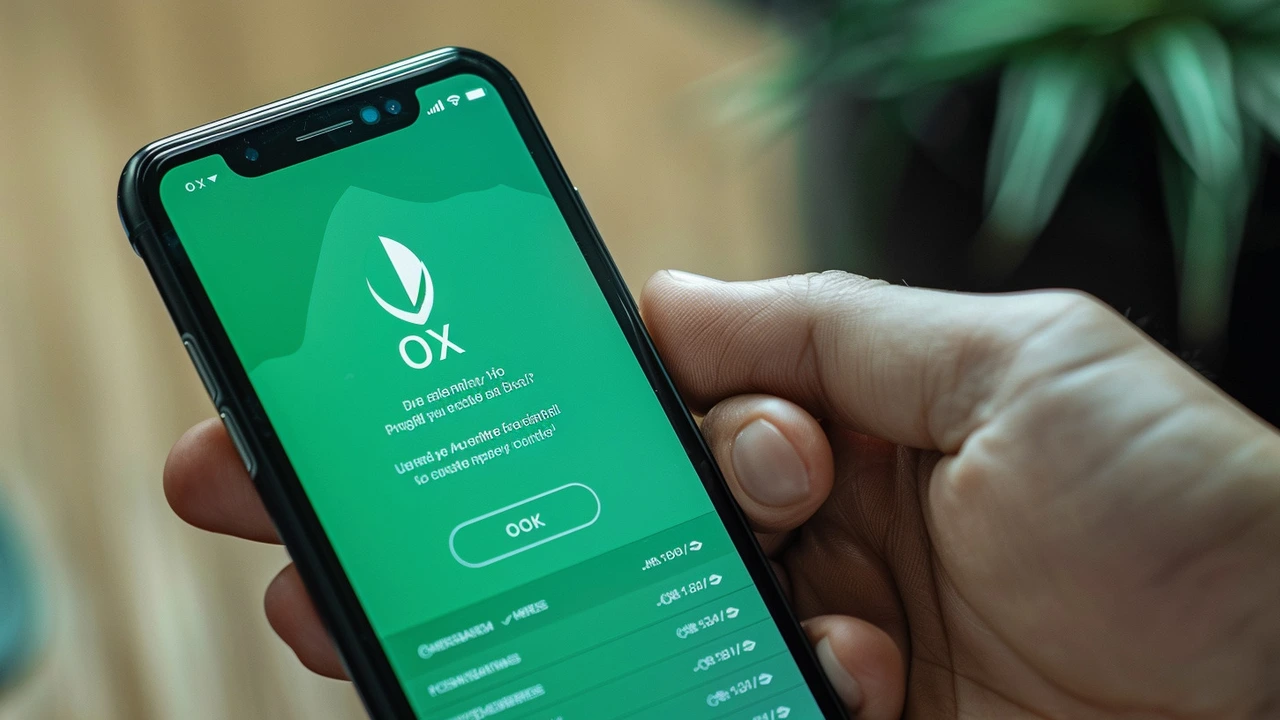USDC: What It Is and How to Use It
USDC (USD Coin) is a stablecoin that aims to hold a 1:1 value with the US dollar. That makes it handy when you want the speed of crypto but the price stability of cash. People use USDC to move money fast, avoid local currency volatility, trade, or park funds between crypto trades.
How USDC Works
USDC is issued by companies in the Centre consortium, led by Circle. For every USDC minted, there should be dollar-backed reserves or equivalent assets held in custody. The issuer publishes attestations to show those reserves exist. USDC lives on blockchains like Ethereum, Solana, and Polygon, so you pick a network depending on speed and fees.
Because it runs on public blockchains, transfers are near-instant and can cross borders without banks. But remember: moving USDC on Ethereum can cost higher gas fees. Solana or Polygon often has cheaper and faster transfers.
How to Buy, Store, and Cash Out
Buying USDC is straightforward. Use an exchange (centralized or local), a trusted P2P market, or a crypto app that supports stablecoins. Create an account, complete KYC if needed, then buy USDC with a bank transfer, card, or mobile money where supported.
Pick the right wallet. For simple use, mobile wallets like Trust Wallet work well. For web-based access, MetaMask supports ERC-20 USDC on Ethereum. Hardware wallets (Ledger, Trezor) add safety for larger amounts. Always confirm the network before sending—sending Solana USDC to an Ethereum address will cause loss.
To cash out in Africa, common methods include P2P trading on global platforms, local crypto exchanges, or OTC desks. P2P buyers will pay in local bank transfers or mobile money. Compare fees and exchange rates; they can vary widely across platforms.
Be aware of fees and speed. Converting USDC to local currency can involve trading fees, withdrawal fees, and banking delays. Plan ahead if you need cash quickly.
Check reserves and transparency. Circle provides reserve attestations and a transparency page — look for up-to-date reports if you care about backing and solvency. No system is risk-free, so confirming reserves helps reduce surprises.
Watch regulatory and counterparty risks. Governments sometimes change rules about stablecoins or crypto transfers. Keep copies of KYC documents and use licensed platforms where possible. If you store USDC on an exchange, you trust that exchange with custody — consider moving large balances to a private wallet you control.
Simple safety tips: enable two-factor authentication, use unique passwords, double-check wallet addresses before sending, and avoid unknown links. For larger sums, use hardware wallets and split holdings between accounts.
USDC is a useful tool for fast, dollar-pegged transfers and trading. It’s not identical to holding cash in a bank, so treat it as a digital instrument with its own benefits and risks. Start small, test your chosen cash-out path, and grow your usage as you gain confidence.
